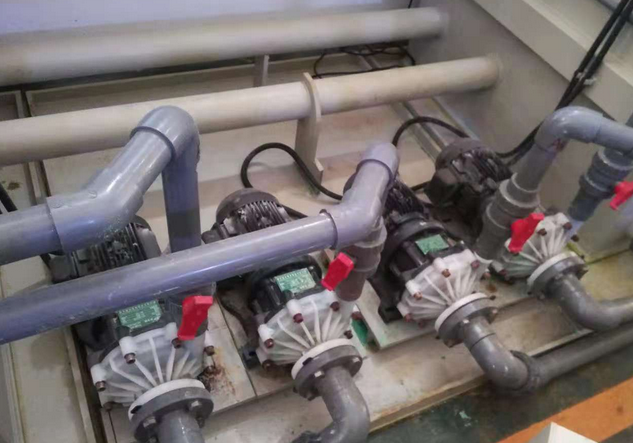Common noise sources and noise reduction technologies of pumps
Common noise sources of pumps mainly include the following aspects:
1. Mechanical vibration: The impeller, bearings and other components of the pump will vibrate during operation. These vibrations are transmitted through the pump body, pipelines and other structures, forming noise. Especially when the pump speed is close to its critical speed, the vibration caused by the imbalance will increase significantly, resulting in greater noise.
2. Fluid power: When water flows in the pump, complex flow phenomena such as turbulence and vortex will occur. These flow phenomena will cause pressure pulsation and fluid impact, thereby producing noise. Especially at the inlet and outlet of the pump, elbows, valves, etc., the noise is particularly obvious due to changes in the direction and speed of the fluid.
3. Cavitation phenomenon: When the medium sucked by the pump contains gas, the gas will form cavitations near the impeller. These cavitations will rapidly collapse in the high-pressure area, producing crackling noise, which is cavitation noise.
4. Electromagnetic noise: For electric pumps, the motor will produce electromagnetic noise when it is working, which is mainly caused by factors such as alternating electromagnetic attraction and hysteresis stretching between the stator and rotor.
For these noise sources, the following noise reduction techniques can be adopted:
1. Vibration reduction and noise reduction: Install a shock absorber under the pump body, and use elastic supports such as rubber pads or springs to reduce the vibration of the pump body. At the same time, a sound insulation cover can be installed outside the pump body to reduce the spread of noise through the damping and reflection effects of sound insulation materials.
2. Fluid optimization: adjust the speed of the water pump to match its working point with the performance curve and reduce noise caused by inappropriate working points. Install a silencer at the inlet and outlet of the pump to absorb and reduce noise in the fluid. In addition, rationally design the water pump pipeline to reduce the resistance of the fluid in the pipeline and reduce the noise caused by fluid impact and eddy currents.

3. Regular maintenance: Regularly inspect and maintain various parts of the pump, such as bearings, seals, etc., to ensure that they work properly and are not loose. Seriously worn parts should be replaced in time to avoid noise caused by component damage.
4. Choose appropriate materials: During the design and production process of the pump, choosing materials with good corrosion resistance and wear resistance can reduce noise caused by material damage.




